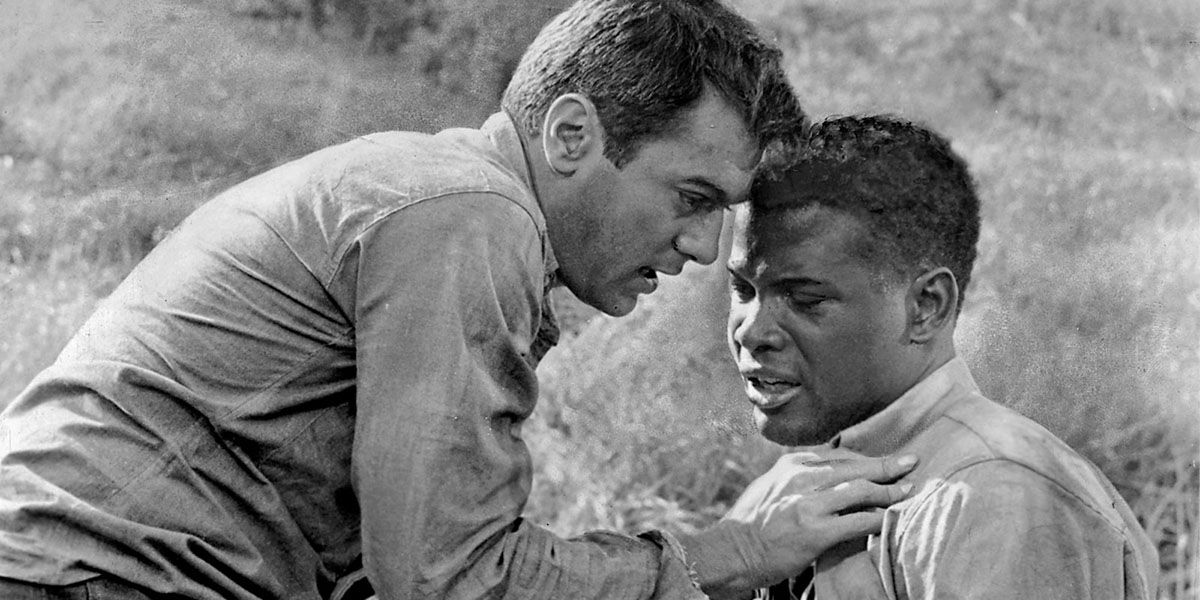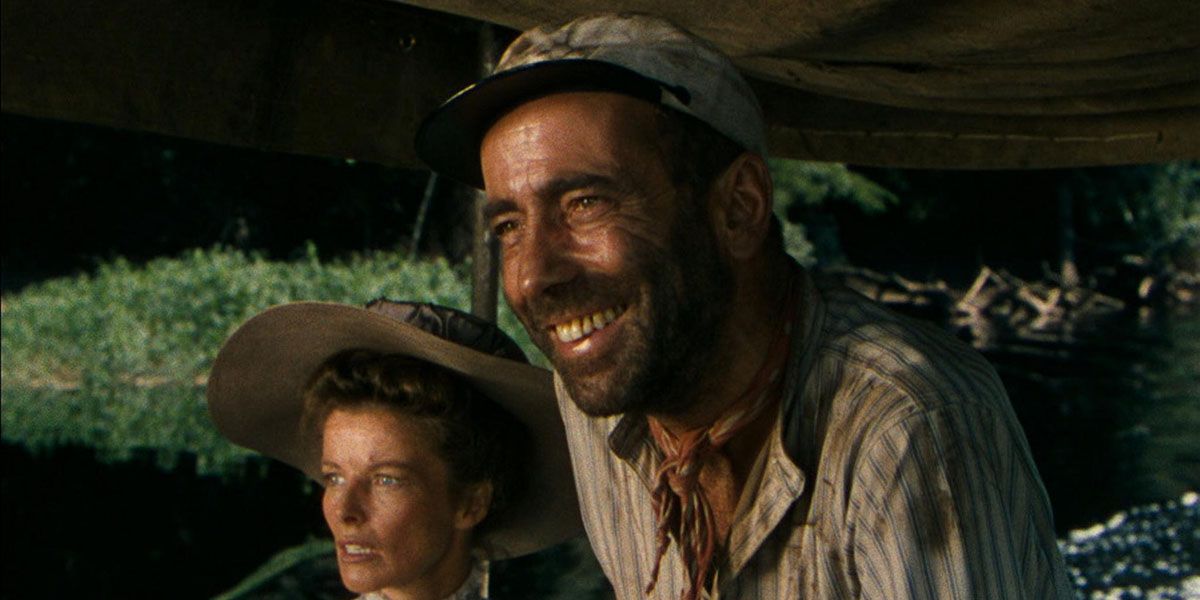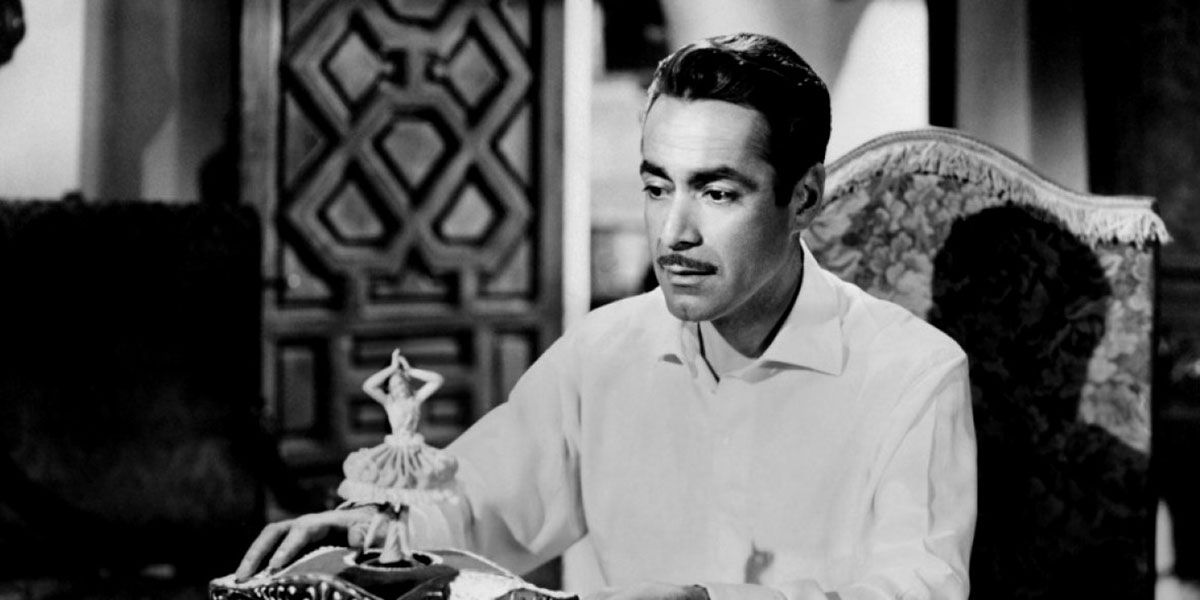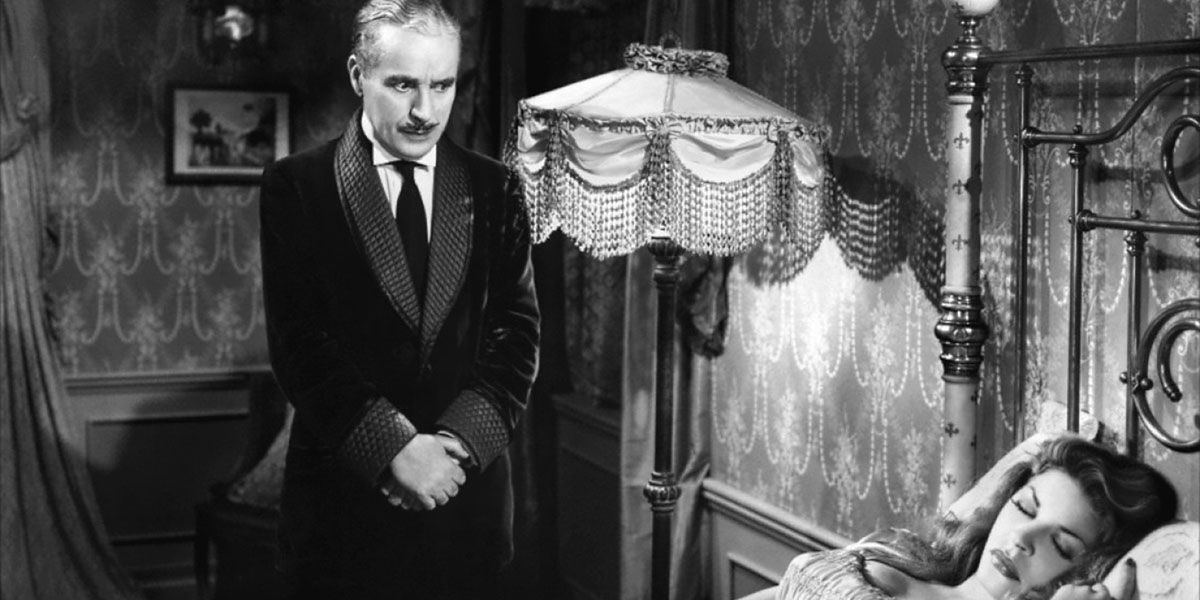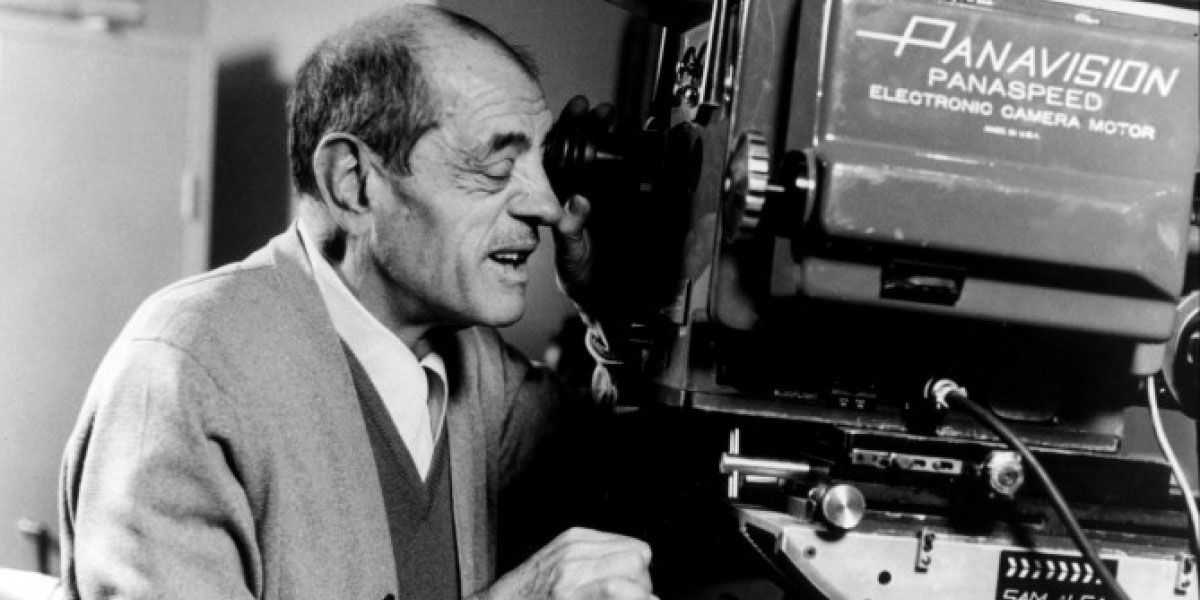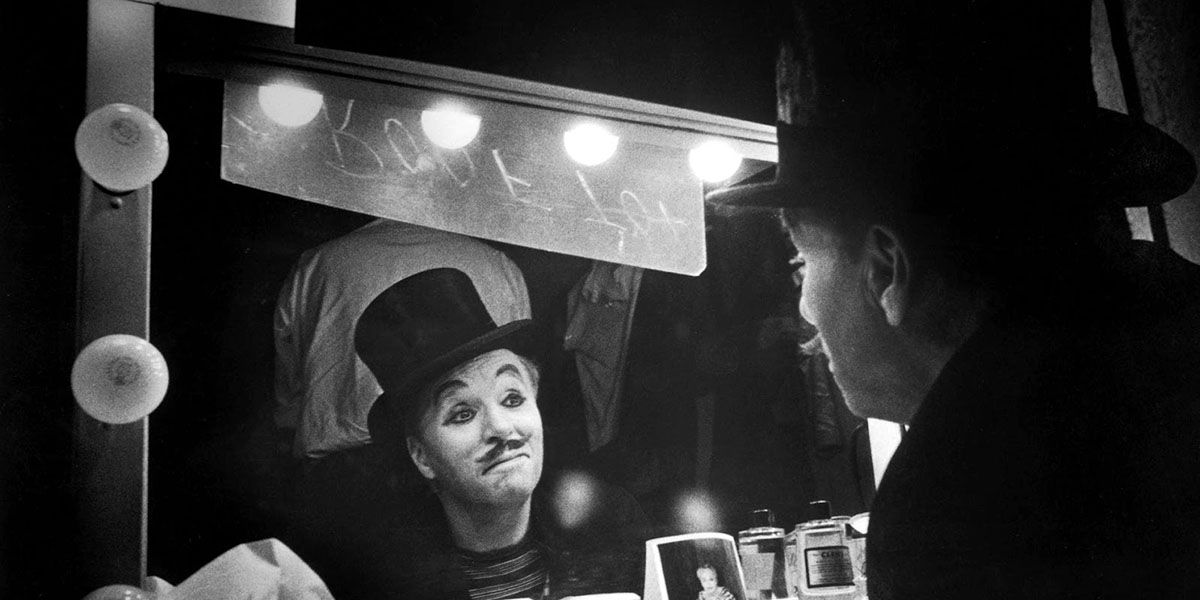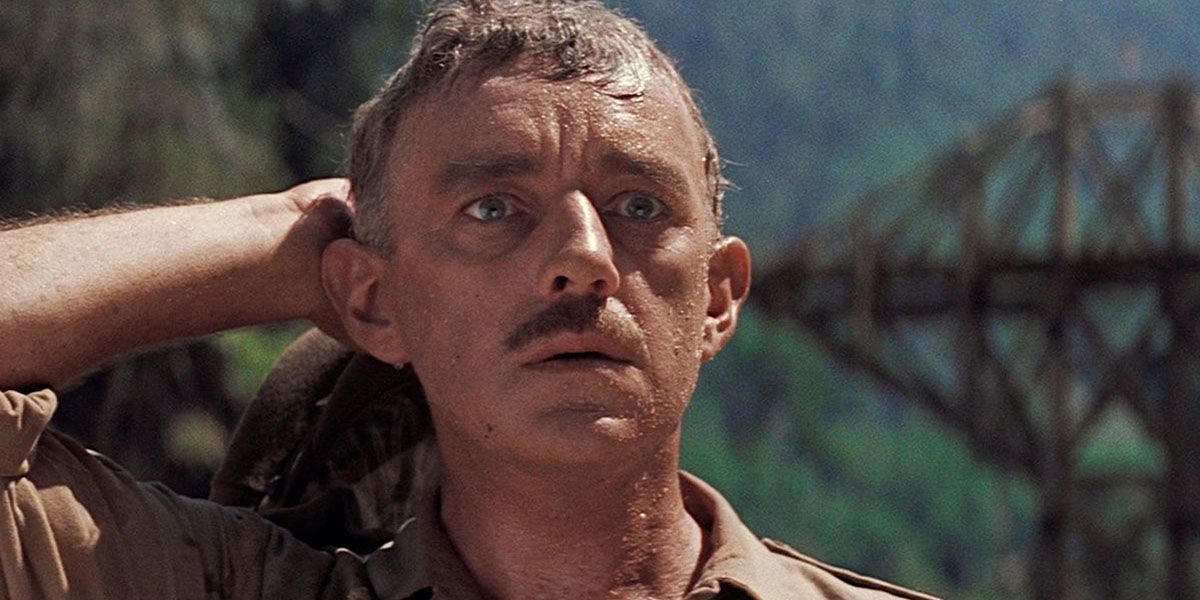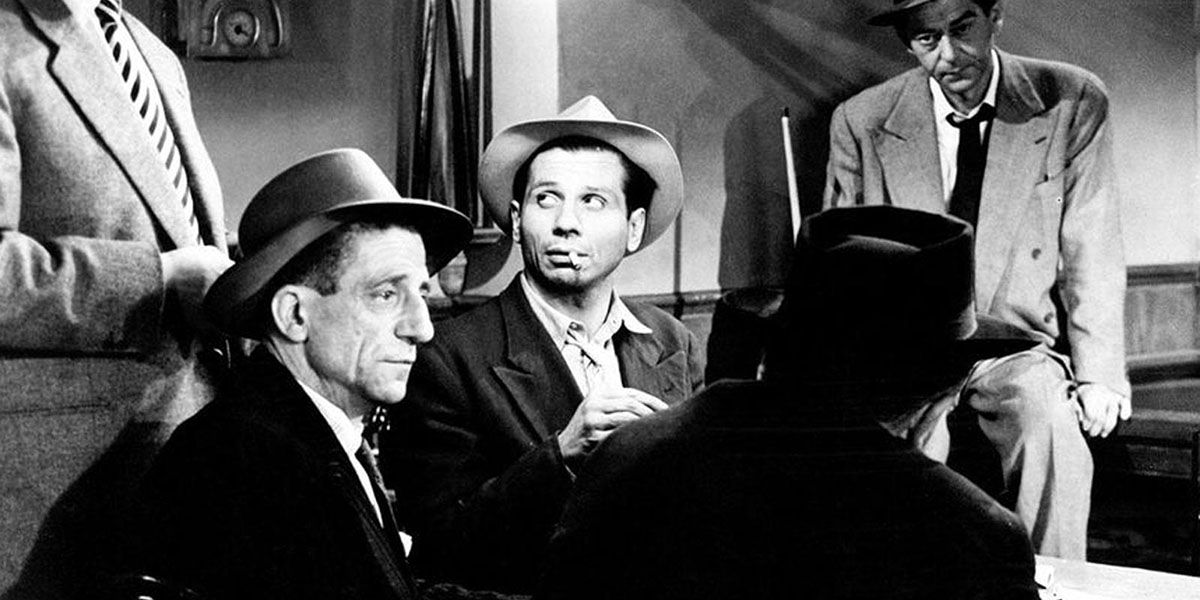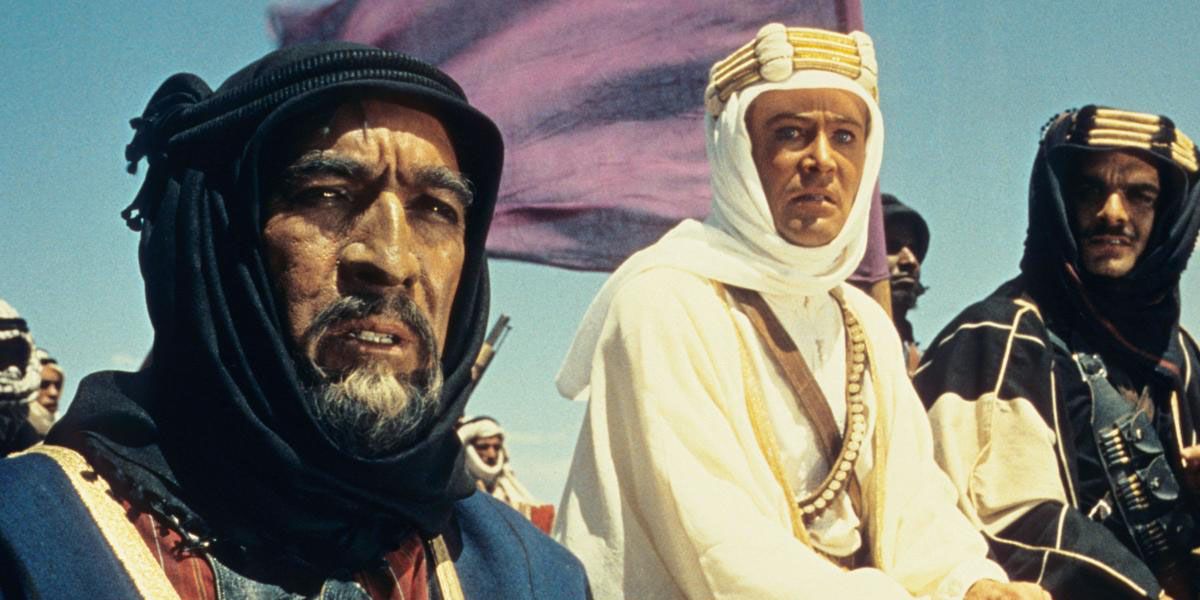The Hollywood Blacklist is one of the industry's darkest chapters. It began when 10 screenwriters refused to name suspected communists in front of the House Un-American Activities Committee in 1947 and quickly grew to encompass more than 300 people. None of the major studios would work with those blacklisted, forcing them to work in B-movies or move abroad. Some wrote and directed under pseudonyms, even winning Oscars during this time.
Many famous individuals were blacklisted, including Orson Welles and Charlie Chaplin. The blacklist mostly ended in 1960, but some individuals never returned to Hollywood or, in some cases, the United States. Here are the 10 best films made by blacklisted filmmakers while they were on the blacklist, according to IMDb.
Othello (1951) - 7.6
Orson Welles was already in Europe when he was named in the 1950 Red Channels pamphlet. His blacklisting only lasted until 1956, but he made two features in the interim. The first was his 1951 adaptation of the Shakespeare play Othello. Welles directed, wrote and played the title role in the film, which took almost three years to produce.
Othello takes liberties with its source material, trimming a normally three-hour play to a svelte 90 minutes. It won the Palme d'Or at the 1952 Cannes Film Festival and was released in the U.S. in 1955. The U.S. cut features significant differences from the original film, including narration from Welles' Othello and a re-dub of Suzanne Cloutier's performance as Desdemona by Gudrun Ure.
The Defiant Ones (1958) - 7.6
The Defiant Ones was co-written by blacklisted screenwriter Nedrick Young and focuses on two prisoners forced to cooperate after they escape from prison. It stars Tony Curtis and Sidney Poitier as the prisoners. The pair trek across the American South, avoiding lynch mobs and schemers as they try to break the literal shackles keeping them together.
The film won the Best Original Screenplay Oscar, for which Young was credited as Nathan E. Douglas. Young's true credit was restored in 1993. The film also won the Best Black-and-White Cinematography Oscar. It was also nominated for Best Picture, Director (Stanley Kramer), Actor (Curtis and Poitier), Supporting Actor (Theodore Bikel), Supporting Actress (Cara Williams) and Film Editing.
The African Queen (1951) - 7.7
Blacklisted screenwriter Peter Viertel collaborated with three other screenwriters to write this 1951 classic starring Humphrey Bogart and Katherine Hepburn. The film is based on the 1935 novel of the same name and is about a mechanic and missionary who convert the former's boat into a torpedo boat at the outset of World War I. Their ultimate goal is to destroy a German gunboat keeping the British from attacking German East Africa.
The film garnered Bogart his only Oscar; Viertel later wrote a book about his experiences working the film, which itself was turned into a movie starring Clint Eastwood in 1990.
The Criminal Life of Archibaldo de la Cruz (1955) - 7.8
Spanish filmmaker Luis Buñuel moved to Mexico after being blacklisted, where we would remain for the rest of his life. The Criminal Life of Archibaldo de la Cruz is one of the many features by the surrealist filmmaker that flips the audience's expectations on their head.
The film stars Ernesto Alonso as the title character, a serial killer whose plans end in death, but not murder. The film shows de la Cruz meeting several women and fantasizing about killing them, but never following through on the act, only for the women to die in some other way.
Monsieur Verdoux (1947) - 7.9
Charlie Chaplin is likely the most famous blacklisted individual. The FBI's investigation of Chaplin began before the Hollywood Ten took their stand in 1947. He was accused of being a communist during World War II and the change in his perception led to the failure of Monsieur Verdoux, a film about a serial killer whose victims are exclusively widows with money.
Chaplin used the film to criticize capitalism and the military-industrial complex; the courtroom scenes at the end of the film are essentially a bully pulpit for Chaplin to rail against war in the guise of the title character. The film was controversial; boycotts and bans of the film were common at its release.
El (1953) - 8.0
Luis Buñuel's ninth Mexican film is among his best. The film stars Arturo de Córdova and Delia Garcés as an older man and younger woman whose marriage falls apart. The man becomes increasingly paranoid, allowing Buñuel to introduce his trademark surrealist elements.
The woman confides everything in her ex-fiancee, which leads her husband to chase her with a revolver. The married couple breaks up and the older man joins a monastery, while the woman returns to her ex-fiancee.
Limelight (1952) - 8.1
Limelight is the last film Charlie Chaplin made in the United States. The semi-autobiographical film stars Chaplin as a stage clown who befriends a dancer after saving her from death. The two regain their self-confidence and put on a show together, but the clown ultimately dies. Chaplin was banned from the U.S. while promoting the film abroad and so never returned to the country. The film was boycotted in the United States and was pulled after a few East Coat showings.
However, it was a massive hit abroad, especially in Japan. It received an American wide release in 1972, which included its first Los Angeles showings. This made it eligible for the Oscars, where Chaplin won the award for Best Original Score. It was his only competitive Oscar and his first visit to the United States in 20 years. He received a 12-minute standing ovation at the ceremony.
The Bridge on the River Kwai (1957) - 8.1
This 1957 war epic was written by not one, but two blacklisted screenwriters. High Noon scribe Carl Foreman and Michael Wilson (who appears later on the list) wrote different drafts of the film adaptation of Pierre Boulle's 1952 novel. The film stars Alec Guinness as a British POW who leads his fellow prisoners in constructing the titular bridge for the Japanese Army. He does this because he believes the bridge will stand as a testament to the British Army. Meanwhile, an escapee played by William Holden embarks on a mission to destroy the bridge.
The film won the Academy Award for Best Adapted Screenplay. The award first went to Boulle, who didn't speak English. Foreman and Wilson received proper credit in 1985.
Rififi (1955) - 8.2
Jules Dassin's 1955 film Rififi is often credited as one of the most influential heist films ever. The adaptation of August Le Breton's novel focuses on four men who conspire rob a jewelry store on the Rue de Rivoli, the Parisian commercial district. Dassin made massive changes to the 250-page novel; he downplayed the ethnicity of the story's rival gangsters to make the film less openly racist and expanded the heist itself from 10 pages in the book to 30 minutes in the film. The sequence is notable for its lack of dialogue and music.
Dassin also became the first person to break the blacklist. United Artists could not distribute the film in the U.S. unless he renounced his past. He refused to do so and UA set up a fake corporation through which they distributed the film with Dassin's name still attached.
Lawrence of Arabia (1962) - 8.3
Despite coming out two years after the Blacklist was "broken," Lawrence of Arabia still has connections to the Blacklist. Screenwriter Michael Wilson wrote the first draft of the screenplay. It focused more on the history and politics of the Arab Revolt as an event, which was not to director David Lean's liking.
Lean hired Robert Bolt to write another draft. The finished film is something of a chimera of the two men's visions; the structure is mostly Wilson's doing, while the dialogue is mostly Bolt's. Wilson received posthumous credit on the film in 1995.



